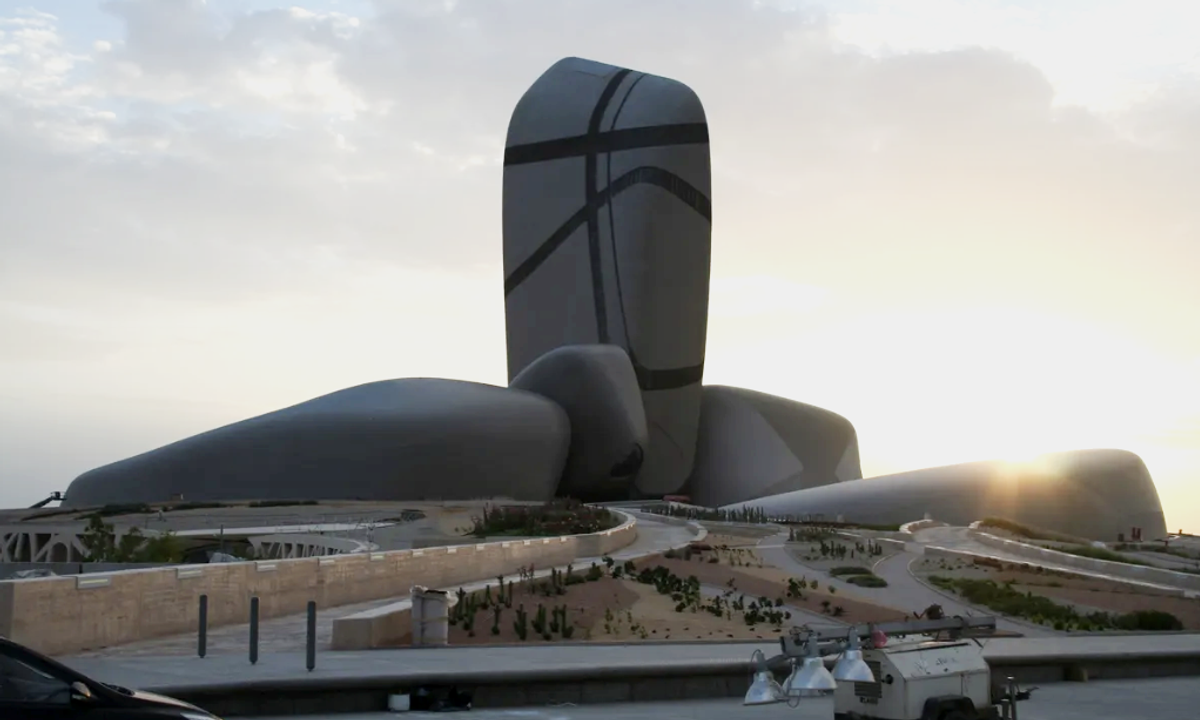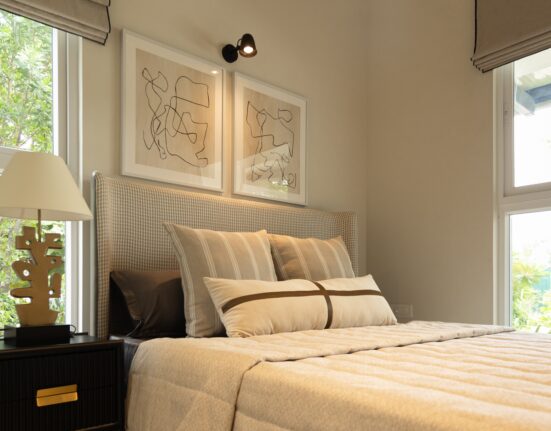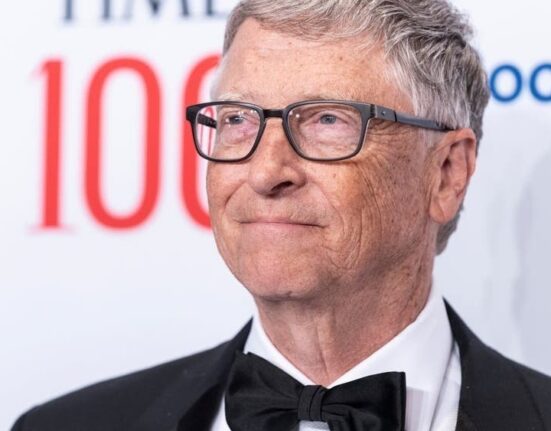Saudi Arabia boosted its cultural and diplomatic credentials yesterday (28 November) by winning the bid to host the Expo 2030 world fair, beating Italy and South Korea in a landslide vote during a closed-door meeting in Paris. The victory is the latest move to rebrand a state considered isolationist and ultra conservative until only a decade ago, which also has a concerning record on human rights.
A new publication in the Lund Humphries and Sotheby’s Institute of Art Hot Topics series, Art in Saudi Arabia: A New Creative Economy?, written by Rebecca Anne Proctor with Alia Al-Senussi, outlines how “the Kingdom mobilises its vast resources behind the economic and social priorities of its Vision 2030 strategy”, putting art centre stage. Chapters cover topics such as “the sources of Saudi Arabia’s culture drive” and “art creation amid unpredictability of the state”, giving the largely unknown historical context of the present Saudi art scene. Here, we present three “takeaway” points from the book.
Coded art as a survival strategy
In recent years, the Western art world has been exposed to more “coded” Saudi Arabian art, presenting hidden messages in a number of subtle and astute ways as a safeguarding measure. In 2019, the artist Abdulnasser Gharem showed a piece at Art Basel called The Safe with Galerie Nagel Draxler of Cologne. “Through hidden, obscure and poignant messages, Gharem’s work was an allusion to the controversy surrounding the murder of Saudi journalist Jamal Khashoggi not even a year prior at the Saudi embassy in Istanbul on 2 October 2018,” the authors say.
“The role of dialogue now is to let people understand,” says Gharem in the book. “I am not trying to force anyone to take my opinion; I want people to understand so that we can be equal. Each artwork has a speech; it’s a visual speech with its own story and the purpose of that speech is to let the people come up with their own statement. This is the purpose of an artist today. Art is a way to offer another form of perception.”
While religious restrictions have become more relaxed, there have been and still are no set rules as to what is permissible to show publicly, they add. But the Saudi Ministry of Culture, established in 2018, is backing most artists today. “I thought none of the works I made would ever make it into public institutions in my own country, but they have, and I tell museum directors that the work is critical, and they say they want it,” says the artist Manal AlDowayan who is representing Saudi Arabia at the 2024 Venice Biennale.
Top-down time: state power prevails
Art in Saudi Arabia at present is largely, if not almost entirely, funded by the state, the authors say. Apart from Art Jameel and Ithra (also known as the King Abdulaziz Center for World Culture in Dharan) all major art commissions in the Kingdom are currently led by the government and its respective bodies. Such organisations are dedicated to supporting the Vision 2030 masterplan aimed at weaning the country off its reliance on oil, building a “new creative economy”.
Mohammed Hafiz, the co-founder of Athr gallery in Jeddah, says that in the case of Saudi Arabia, “you are spending public money to create art for the society. We have made more money as a gallery than we did three years ago.” This top-down approach of heavy government investment has indeed boosted the art scene in general. An advisor to the ministry of culture, Maha Al-Senan, says that set guidelines encourage governmental organisations to buy art from Saudi galleries rather than dealers in London or Dubai. Though the collector base in the country is small, government investment is also boosting the number of local art buyers.
Challenges for artists and curators
Working in the Saudi cultural sector today offers a range of “seemingly limitless opportunities”, the authors say. But artists who opt to work in the Kingdom must remember the rapidly changing geopolitical climate of the country as well as its ultra-conservative Islamic past. Crucially, government bureaucracy can be a hurdle.
A case in point is the predominant use of “Request for Proposals” (RFP) for any state-backed event or exhibition, a wieldy administrative process which can make it challenging for artistic work to flourish. “Things will prove more challenging as time goes on unless there is a separation of artistic practice from the art industrial complex,” Neville Wakefield says in the book. Wakefield is the Desert X Artistic Director and the co-curator of the 2022 edition of Noor Riyadh. Hans Ulrich Obrist, the artistic director of London’s Serpentine Galleries, is often cited in RFPs as an esteemed art world contact. The way round this unwieldy state bureacracy might be improved relations between the Kingdom’s cultural ministry and international artists, increasing the possibilities for art creation, the authors say.
• Art in Saudi Arabia: A New Creative Economy? (Hot Topics), Rebecca Anne Proctor with Alia Al-Senussi, Lund Humphries/Sotheby’s Institute of Art, 104pp, £19.99 (hb).
• Gareth Harris is also the author of Censored Art Today, another book in the Hot Topics series.
UPDATE: This article was amended to include an extra quote by Abdulnasser Gharem.







